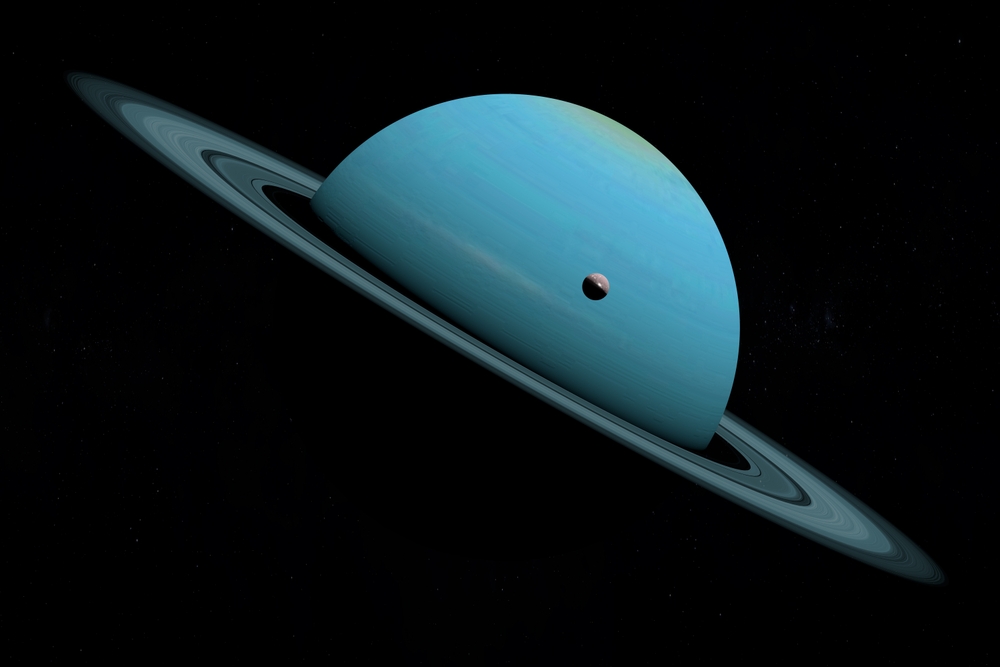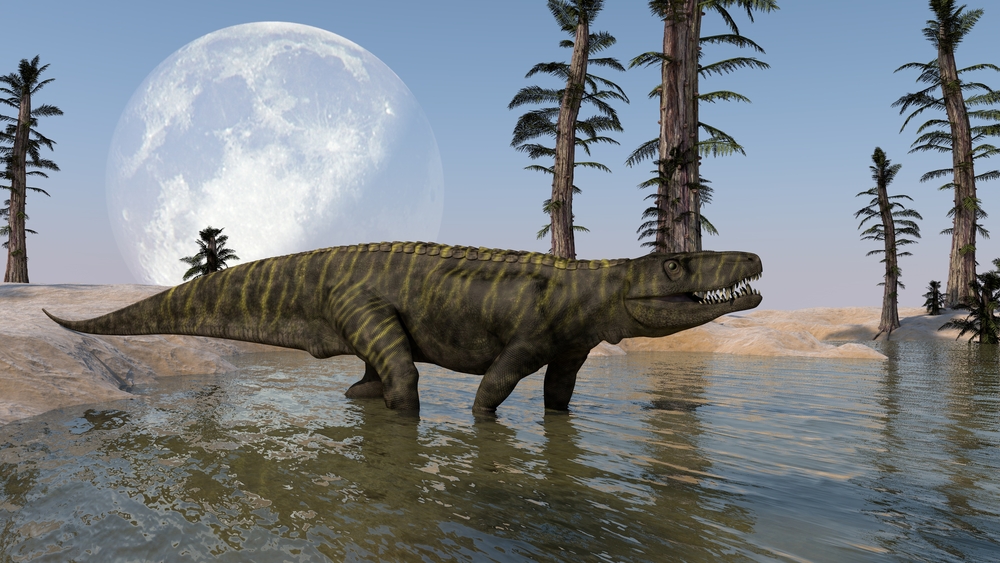Now Reading: Outer Moons of Uranus Darken as Dust Accumulates on Their Surfaces
-
01
Outer Moons of Uranus Darken as Dust Accumulates on Their Surfaces
Outer Moons of Uranus Darken as Dust Accumulates on Their Surfaces

Speedy Summary
- Researchers studying Uranus’ moons-Ariel, umbriel, titania, and Oberon-discovered surprising findings about their brightness patterns using NASA’s Hubble Space Telescope.
- The “leading” hemispheres (those facing the direction of orbit) of moons Titania and oberon are darker and redder than their “trailing” hemispheres. This contradicts earlier assumptions that trailing sides would be darker due to charged particle interactions with Uranus’ magnetic field.
- Scientists propose that dust from irregular satellites is the cause: micrometeorite impacts on these satellites generate debris that eventually gets collected by the leading sides of Titania and Oberon as they orbit Uranus. The inner moons (Ariel and Umbriel) remain unaffected by this process due to shielding effects.
- These findings add complexity to understanding Uranus’ magnetosphere, which was found by Voyager 2 in 1986 to exhibit unusual characteristics such as low plasma levels during a solar activity event at the time.
- Additional studies are needed to unravel how interactions between the planet’s magnetosphere and its moons influence these phenomena.
Indian Opinion Analysis
The new insights into Uranian moon dynamics emphasize how much remains unknown about our Solar System’s outer planets despite decades of observations. While seemingly distant from Earthly concerns,such discoveries hold long-term significance for India’s growing space program under ISRO,notably with missions like chandrayaan showcasing india’s rising capabilities in planetary science.
Understanding intricate celestial phenomena could inspire future Indian research or collaborations aimed at deep space exploration. Furthermore, this research highlights planetary systems’ unpredictability, underscoring why investments in advanced scientific instrumentation like space telescopes remain crucial globally-for India included-as it aims for technological leadership in aeronautics over coming decades.




























